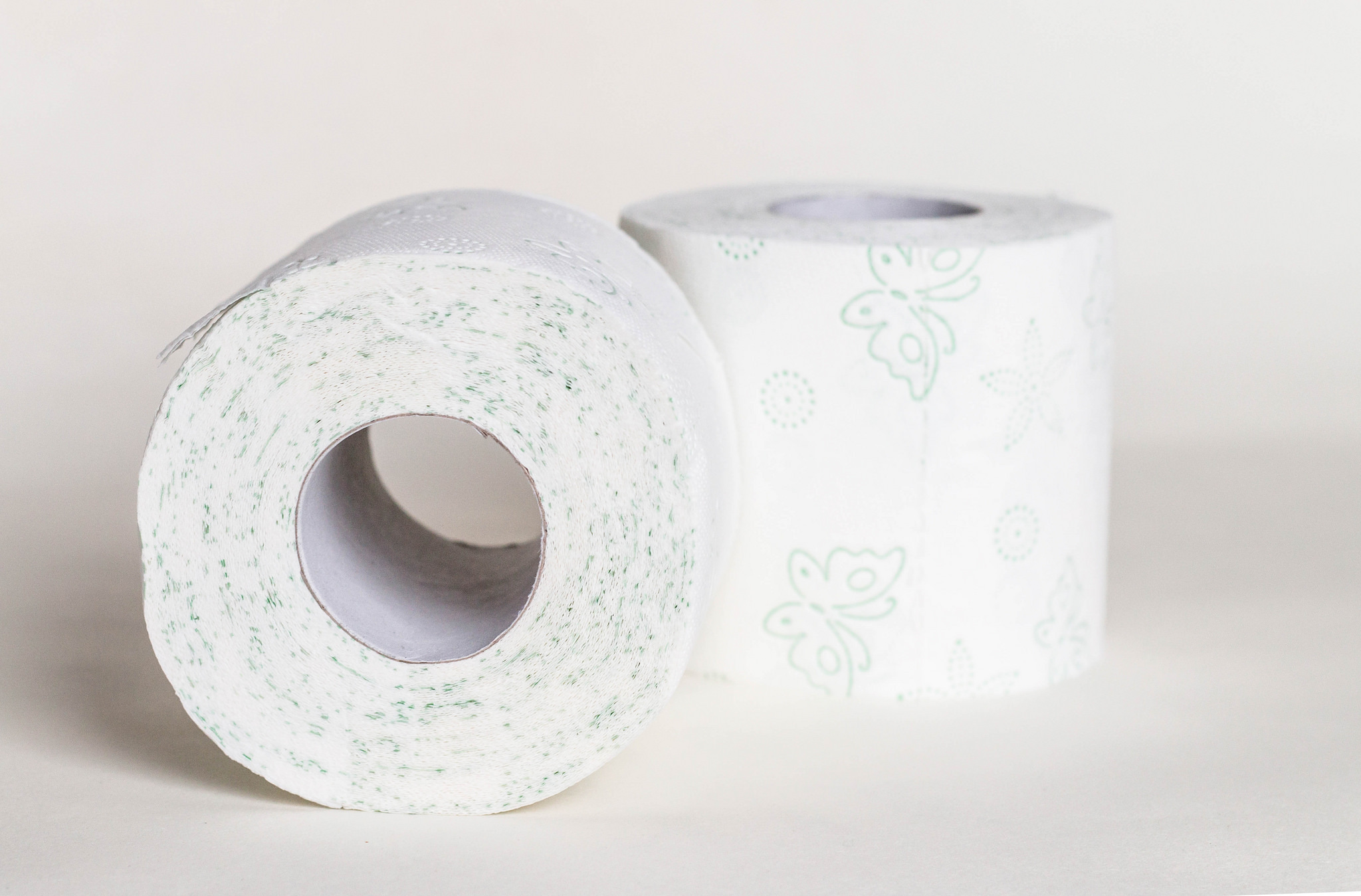Stories about the activities of the Consumer Council, worthy though those activities certainly are, generally pass unnoticed. Sometimes the council uncovers a concealed, or at least unpublicised, health hazard. Sometimes the council points out that the cheapest alternative is not the worst and the most expensive not the best.
I suppose this is all useful to some people. But it doesn’t do much for me. Like most men I am a get-it-over-with shopper, unless I’m looking for a new toy, computer. Or car.
But I find myself strangely haunted by the fact that the Council reported last week on its latest series of comparative tests: on toilet paper.

The spokesman unveiling this scientific breakthrough did his best to make it sound important. Toilet paper was used by everyone, he pointed out, keeping a straight face and carefully avoiding the phrase “the bottom line”. Also, it was difficult to assess the comparative merits of different rolls before you bought one.
In an effort to push aside this veil of ignorance, the Council had obtained rolls of various brands, and compared the length of the unrolled banner, the weight of paper supplied, its absorbing qualities and its softness.
This left me with some disturbing visions. Faced with these important questions, did the Council’s researchers find a long corridor, and bemuse its usual users by unrolling toilet rolls along the floor to measure their length?
Then there is the question of the absorbent qualities. What did they use as a test substitute for … well what toilet paper usually absorbs?
Actually my impression was that toilet paper had become a pretty uniform commodity. And indeed the differences the council had uncovered seemed rather small.
It was not always so. In my youth paper was still rationed, so most households used recycled newspapers. Sometimes you just found a pile of last week’s news in the corner.
More pretentious households would carefully cut the paper into six inch squares. These were then threaded onto a shoe-lace and hung up under the cistern, which in those days was usually high on the wall behind the throne, presumably so that the flushing water got a running start, as it were.
When rolls began to appear again the paper was cheap stuff, not particularly soft and a rather unappetising muddy colour. You could, though, print on it, and private manufacturers used to put their brand name on every sheet.
I also noticed, though if I had not seen this I would not have believed it, that in government offices — and other places where the paper was paid for by the taxpayer — it had “Property of HM Government” printed on it, also on every sheet.
This hard stuff was gradually replaced by the modern version, which is more or less the same as the tissues you get for other purposes, but on a roll instead of in a box. You cannot print on it, thank goodness.
While this change was taking place it made sense for the purveyors of the soft stuff to advertise it on television. This had to be done tactfully. On-site interviews with satisfied users were out. The only ad I remember featured an appealing puppy dragging a roll of the new gentle wipe along the floor. A good dog toy, then.
I notice that the Consumer Council did not consider the one type of toilet paper which few of us can avoid, but which scores rather low on some of the attributes tested. This is the stuff which comes on a giant roll, inserted in a plastic case with a hole in the bottom through which the paper emerges. This arrangement is usually found in public toilets run by the government, though it does crop up in other public facilities.

The theory, I suppose, is that if you supply rolls of the conventional kind then users will be tempted to take the whole roll home rather than just meeting their, ahem, immediate requirements.
This is a poor excuse for low standards in the matter of absorption and softness, not to mention the absence of perforations, which often produces a mess when you try to tear a piece off.
On the other hand it does seem that this cheap paper could be printed on, and our leaders are missing an opportunity here. Now that nobody watches television any more the old Announcements of Public Interest find few viewers.
On the other hand, for some toilet users looking for the paper is a rare break from looking at their phones, and an opportunity for a few well-chosen words. Like “Now wash your hands.” Or “Enjoy our new identity as citizens of the Greater Bay Area.” I’d enjoy a wipe with that one.
